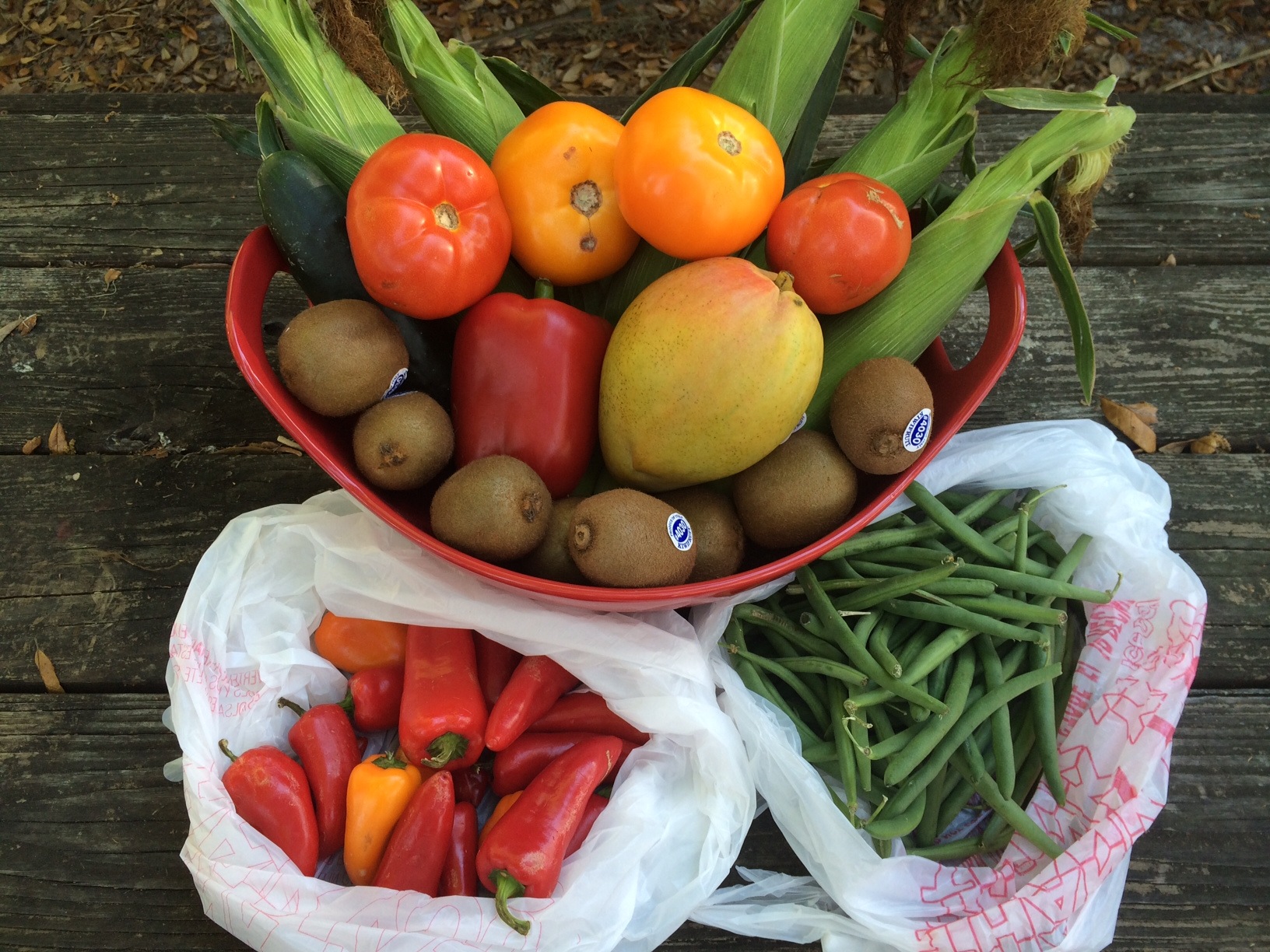After the Farmer’s Market:
Now that you have filled your market bags with fresh produce and a school lesson or two, let’s move on to how we can use those items in the kitchen to continue the lesson.
I am a big advocate for teaching children to cook from a young age. Eating is an activity they will do for the rest of their lives, so they should know how to prepare foods that are healthy and learn how to use the tools to do it!
Becoming a great cook does not happen by osmosis. I found out the hard way and it took me years to learn to cook well as an adult. It would have saved us money, tears, and heartburn my husband had in the early years if I had been taught a few basics of food preparation.
Try the recipe in the resources section. Squash and Zucchini Pie. Substitute some of your farmer’s market produce if necessary. Children of all ages can help prepare this recipe.
I love adding in books to explain the details and storybooks to add imagination. While your recipe is cooking or baking is a perfect time for a story. Here are a few to get you started:
-
Pigs in the Pantry – Amy Axelrod
-
Sun Bread – Elisa Kleven
-
Pancakes, Pancakes – Eric Carle
-
Kids in the Kitchen – Sandy Jordan
![]()
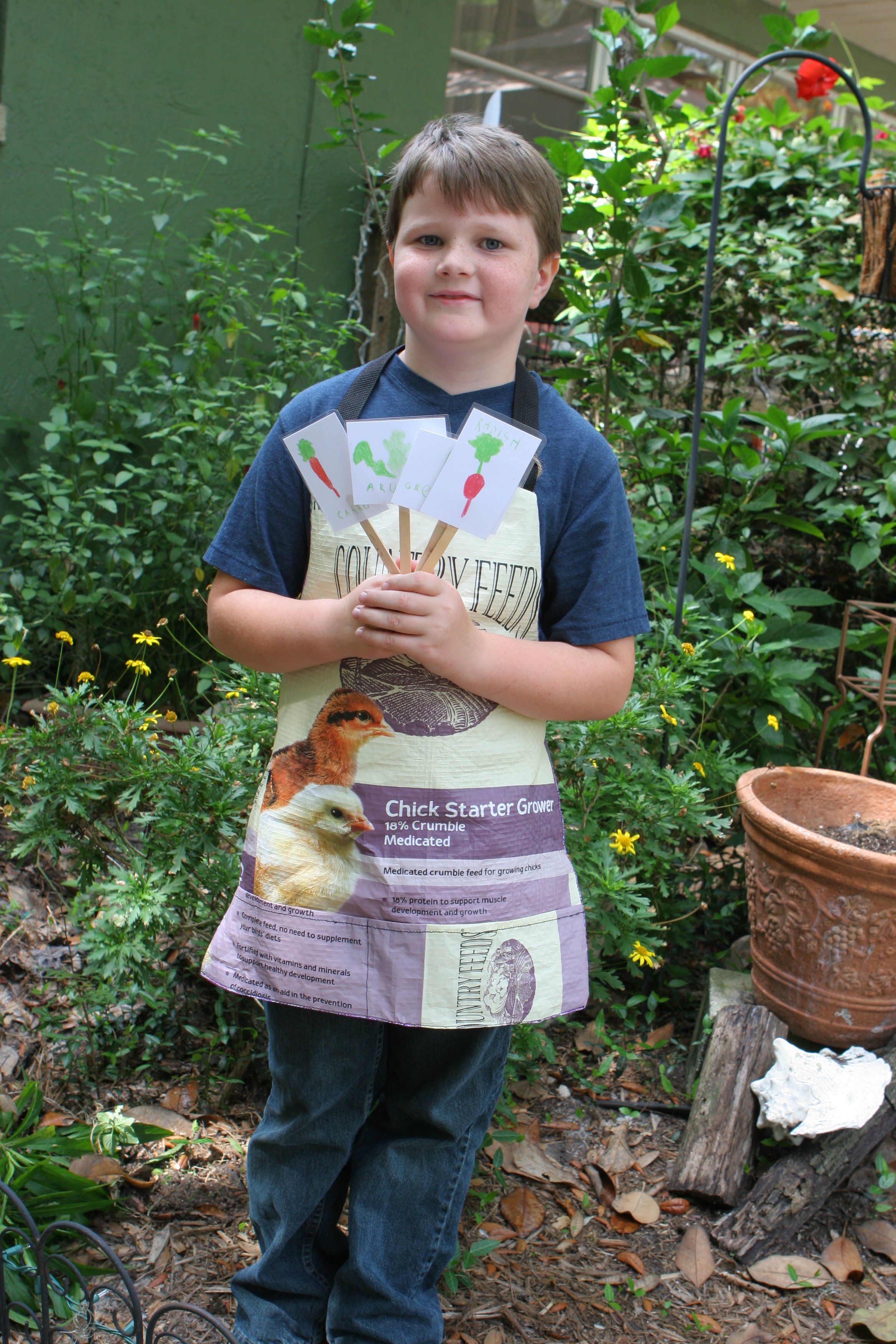
Grow your own food:
What does it take to grow your own food? Everyone can grow vegetables in a small container on your front porch or a large garden in your backyard. Deciding what you CAN do is the perfect place to start. Not everyone can have a full-scale garden like Christine in our video, but we can find a happy medium and still be proud of growing something to eat.

I dream of having a big garden, however that has never been a project that we have time for. I have settled for small containers and growing one or two things each season. Fresh herbs can make you feel like a farmer when you pick them.
![]()
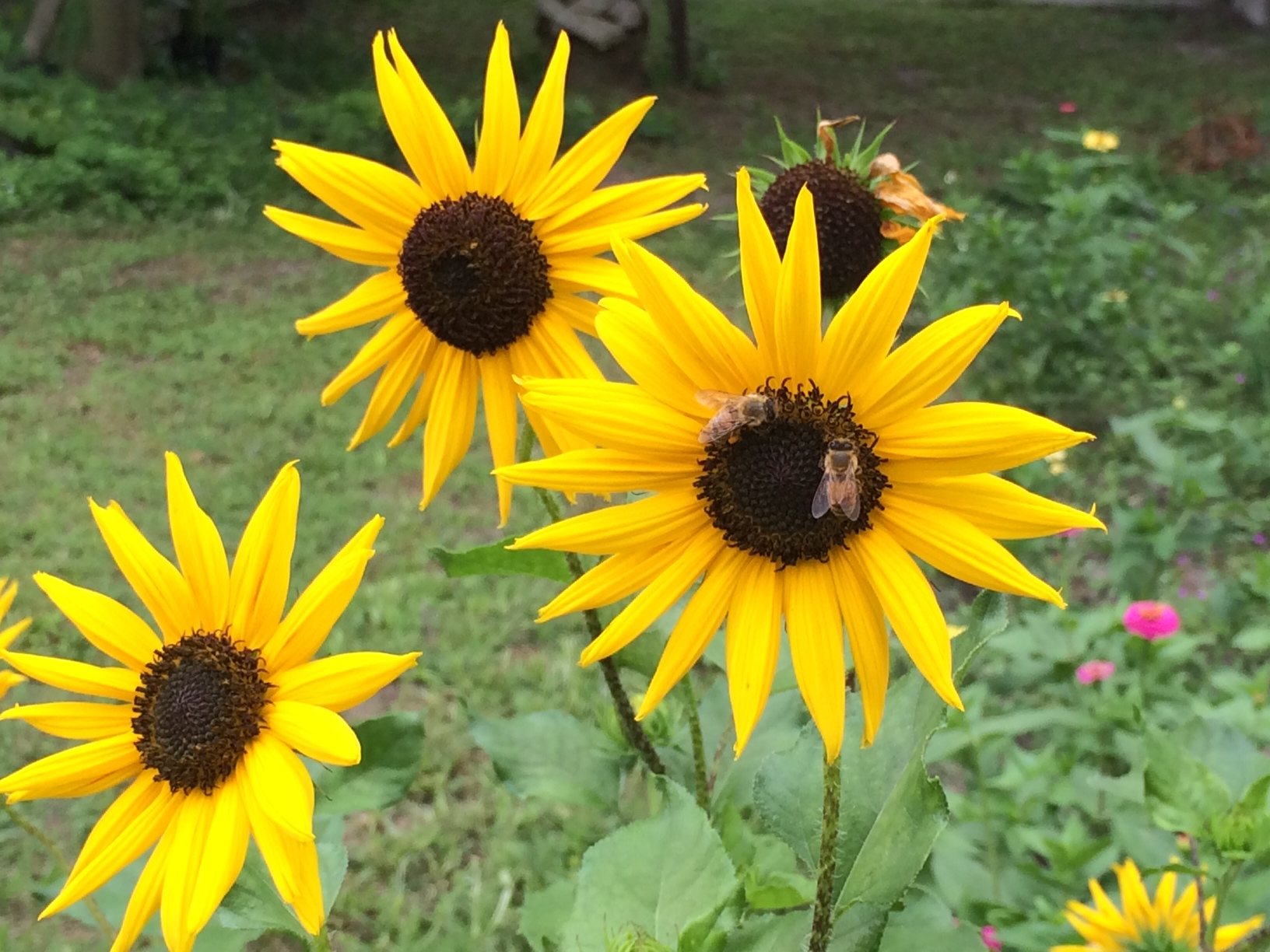
Let’s grow one item:
I am a realist and know taking on a task bigger than you can accomplish can be frustrating. Start small. Growing sunflowers in a five-gallon bucket is doable for most people no matter where you live. Give it a try to start your gardening adventure.
In our video, we showed you our garden this year. Squash. Plain and simple. It was just enough to keep an eye on and not kill it when we travel. Mint is usually a staple on my back porch too.
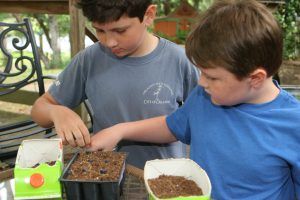
Science:
Gardening encompasses learning in a variety of ways from seed to harvest. Children marvel at the process of growing a plant, tending to it, and eating the harvest! Give children a few seed packets and what the inspiration develop. Grant and Grayson grew pole beans and those are usually a successful vegetable, to begin with.
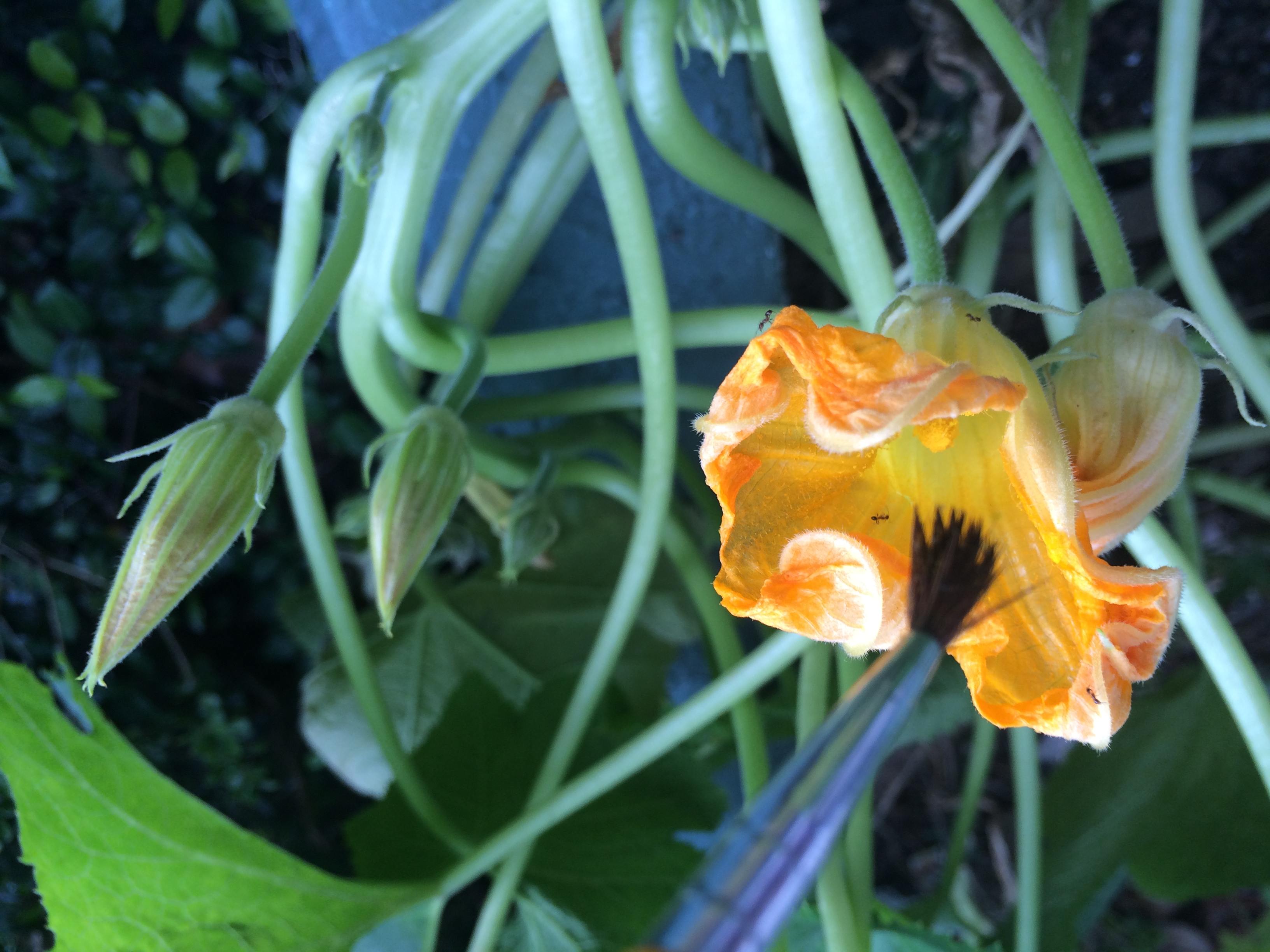
We shared about cross-pollination in our video. The extensions to this lesson are endless. Choose which avenues you would like to pursue.

Cheryl Bastian shares a worksheet with us in the resources on dissecting a flower with tips for high school students as well. This can be done with the squash bloom just as well as a backyard blooming flower.
Reading List:
Square Foot Gardening for Kids, Mel Bartholomew
Stir it up: Mixing Decimals, Renata Brunner-Jasse
Foraged Flavors, Tama Wong
Culinary Math, Helen Thompson I highly recommend this especially for older children.
Don’t forget to work on your lesson book pages.
Click to return to ESSENTIAL MEMBERS HOME
